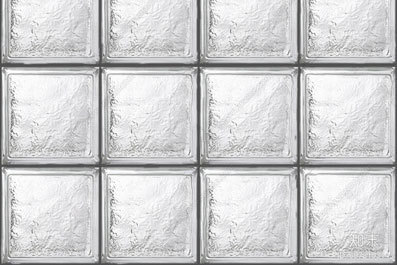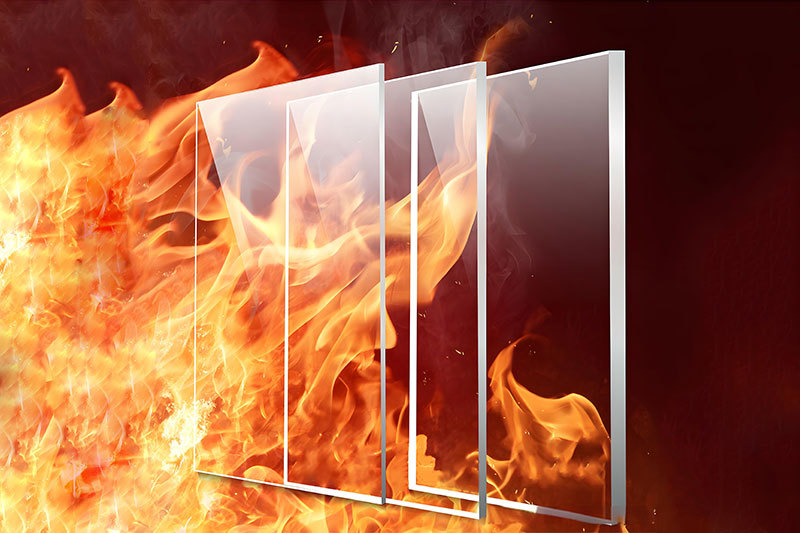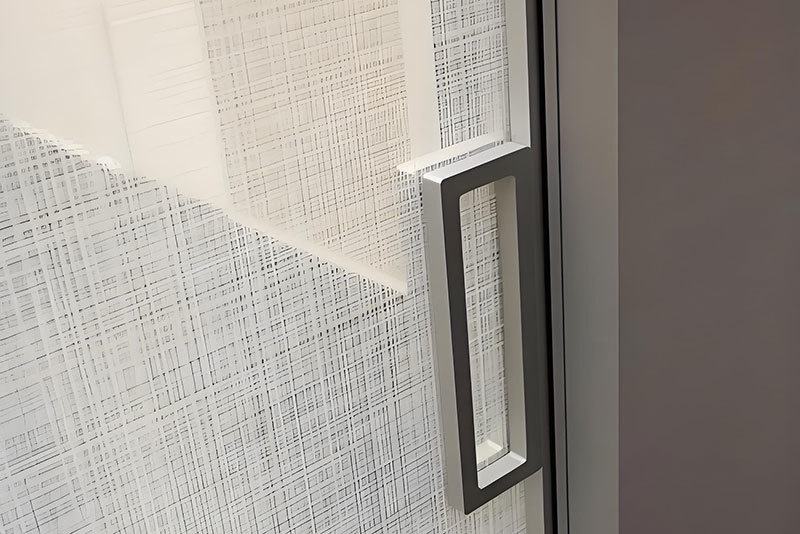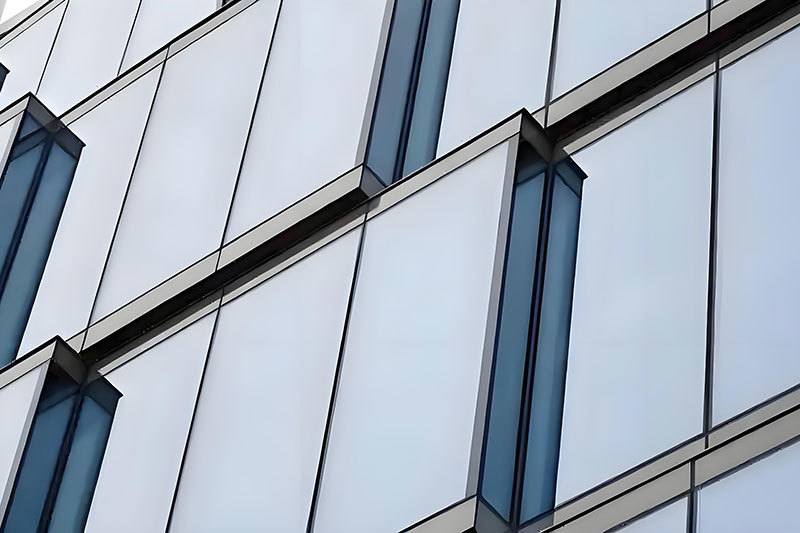

Ultra white glass
Categorization:
Ultra White Glass: The Pinnacle of Clarity and Aesthetics
In recent years, the demand for high-quality glass products has surged across various industries, from architecture to automotive. Among the many types of glass available, ultra white glass stands out for its remarkable clarity and aesthetic appeal. This article explores the characteristics, applications, and benefits of ultra white glass, highlighting why it has become a preferred choice for many designers and manufacturers.
Understanding Ultra White Glass
Ultra white glass, also known as low-iron glass, is a type of glass that contains significantly lower levels of iron oxide compared to standard glass. The presence of iron can impart a greenish tint, which is often undesirable in applications where clarity is paramount. By minimizing the iron content, ultra white glass achieves a high level of transparency, allowing for the true colors of objects to be displayed without distortion.
The manufacturing process of ultra white glass involves the use of high-purity raw materials and advanced melting techniques. This results in a product that not only boasts exceptional clarity but also excellent light transmission properties. The glass can transmit up to 91% of visible light, making it an ideal choice for applications where natural light is essential.
Applications of Ultra White Glass
The versatility of ultra white glass has led to its adoption in a wide range of applications. One of the most prominent uses is in architectural design. Architects and designers favor ultra white glass for facades, windows, and skylights, as it enhances the aesthetic appeal of buildings while maximizing natural light. The glass can be used in both residential and commercial projects, providing a sleek and modern look.
In addition to architecture, ultra white glass is commonly used in the manufacturing of high-end furniture and decorative items. Coffee tables, display cases, and shelving units made from ultra white glass not only look elegant but also create an illusion of spaciousness in any environment. The glass can be easily combined with other materials, such as wood or metal, to create stunning and contemporary designs.
Another significant application of ultra white glass is in the automotive industry. Car manufacturers utilize this type of glass for windshields and windows, as it enhances visibility and safety for drivers and passengers. The clarity of ultra white glass reduces glare and distortion, providing a better driving experience.
Benefits of Ultra White Glass
The benefits of ultra white glass extend beyond its aesthetic appeal. One of the key advantages is its durability. Ultra white glass is resistant to scratches and impact, making it suitable for both indoor and outdoor applications. This durability ensures that products made from ultra white glass maintain their pristine appearance over time, reducing the need for frequent replacements.
Moreover, ultra white glass is easy to clean and maintain. Its smooth surface does not harbor dirt or grime, allowing for simple cleaning with standard glass cleaners. This feature is particularly beneficial in environments where hygiene is crucial, such as hospitals and laboratories.
Energy efficiency is another important benefit of ultra white glass. Its high light transmission properties can contribute to reducing energy costs in buildings by minimizing the need for artificial lighting during the day. Additionally, when combined with energy-efficient coatings, ultra white glass can help regulate indoor temperatures, further enhancing its energy-saving potential.
Challenges and Considerations
While ultra white glass offers numerous advantages, it is essential to consider some challenges associated with its use. One significant factor is cost. Ultra white glass is generally more expensive than standard glass due to the specialized manufacturing process and high-quality raw materials involved. This cost may be a deterrent for some projects, particularly those with budget constraints.
Another consideration is the weight of ultra white glass. Because it is often thicker than standard glass to achieve its clarity and durability, it can be heavier, which may require additional support structures in architectural applications. Designers must carefully plan for these factors to ensure the safe and effective use of ultra white glass.
Conclusion
Ultra white glass represents a remarkable advancement in glass technology, offering unparalleled clarity and aesthetic appeal. Its versatility makes it suitable for a wide range of applications, from architectural design to automotive manufacturing. The benefits of durability, ease of maintenance, and energy efficiency further enhance its appeal.
However, it is crucial for designers and manufacturers to weigh the associated costs and challenges when considering ultra white glass for their projects. As the demand for high-quality glass continues to grow, ultra white glass is poised to play a significant role in shaping the future of design and innovation across various industries.
In a world where aesthetics and functionality are paramount, ultra white glass stands as a testament to the perfect harmony between beauty and practicality.
Keyword:
Ultra white glass
Submit Message
If you are interested in our products, please leave your email and we will contact you as soon as possible, thank you!
Contact us
ADD:Beijing Science and Technology Park, Bohai New District, Cangzhou City, Hebei Province, China
Tel:+86-13230732117
Email:hbyhsglass@163.com





